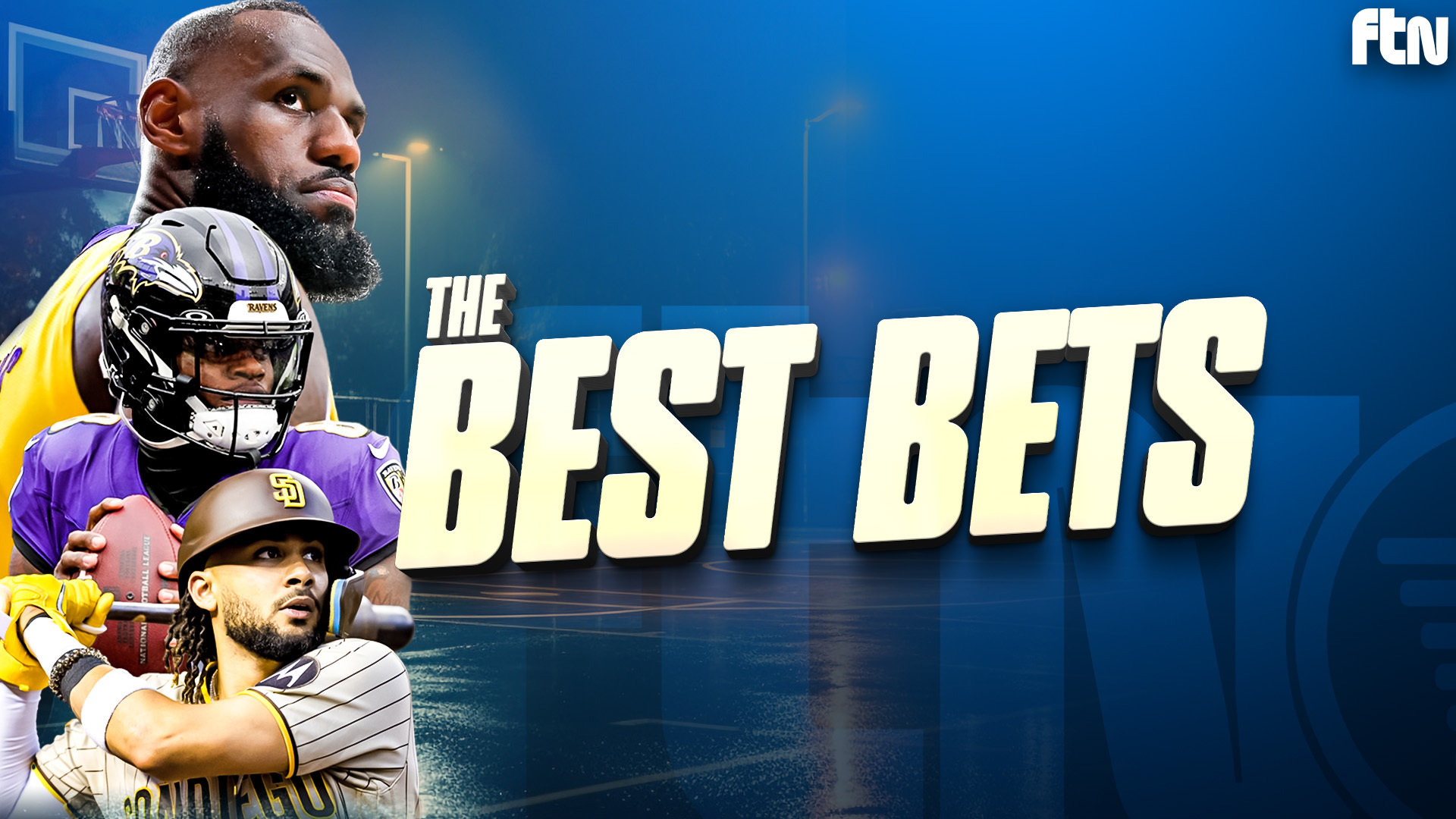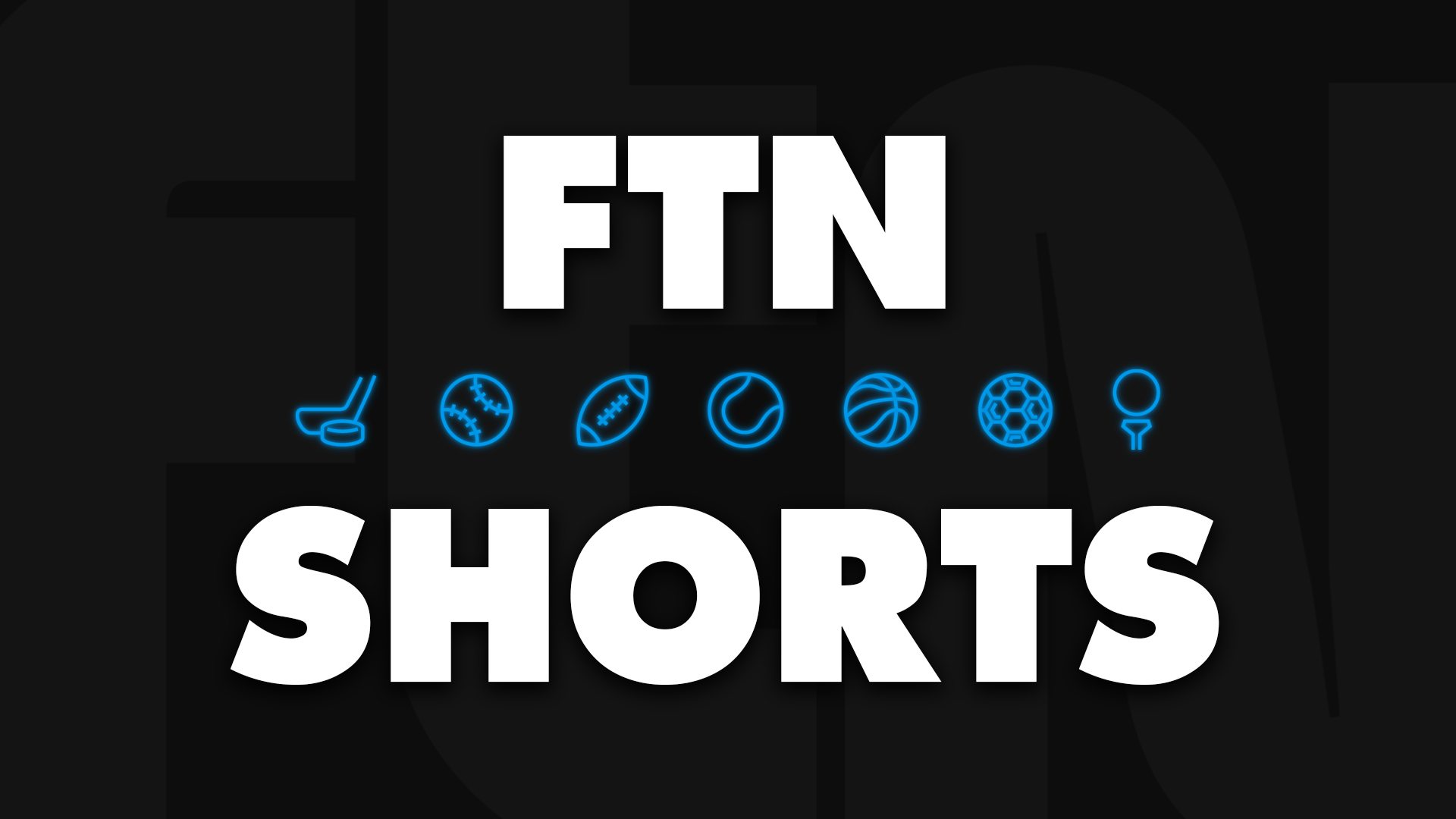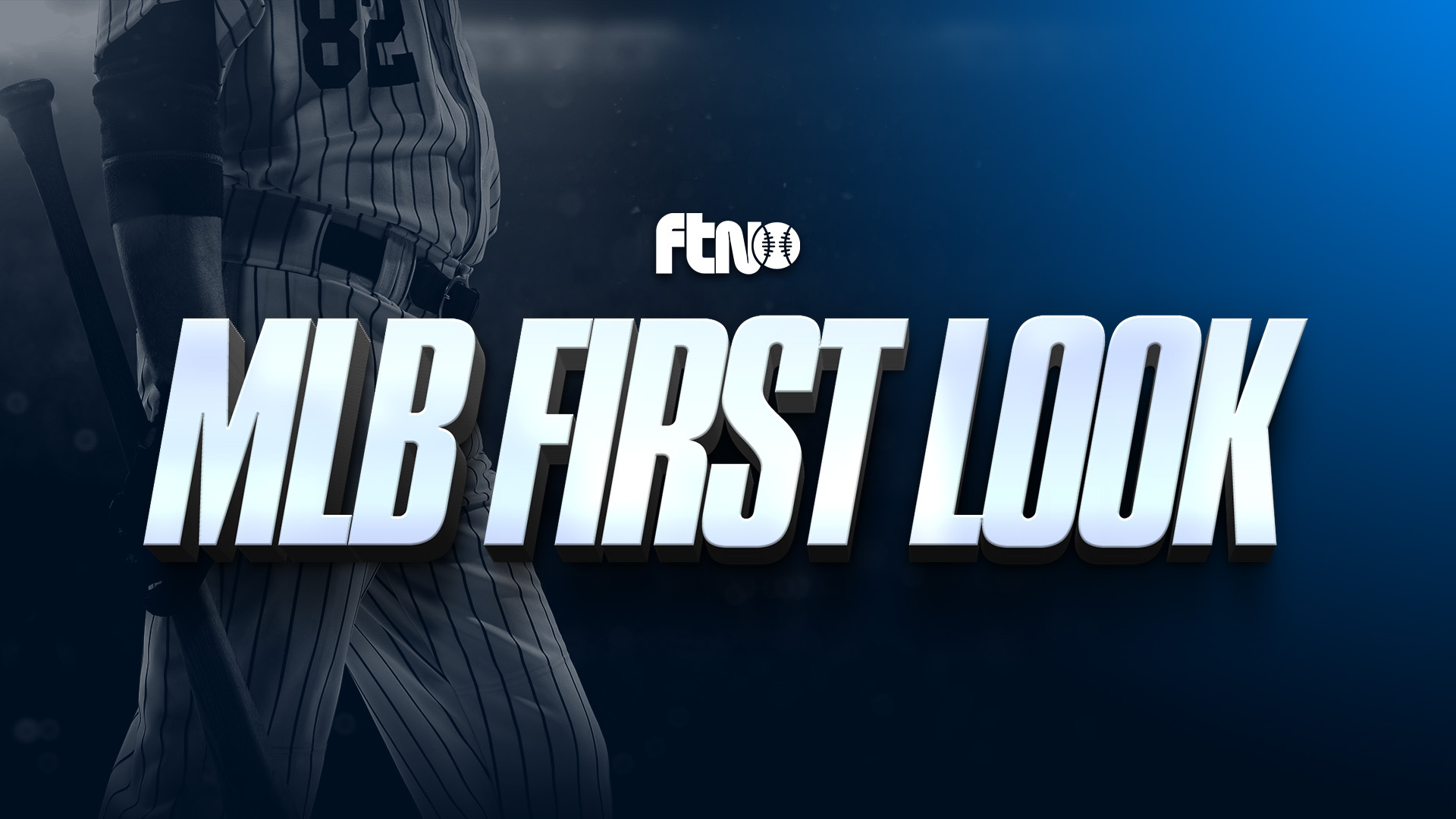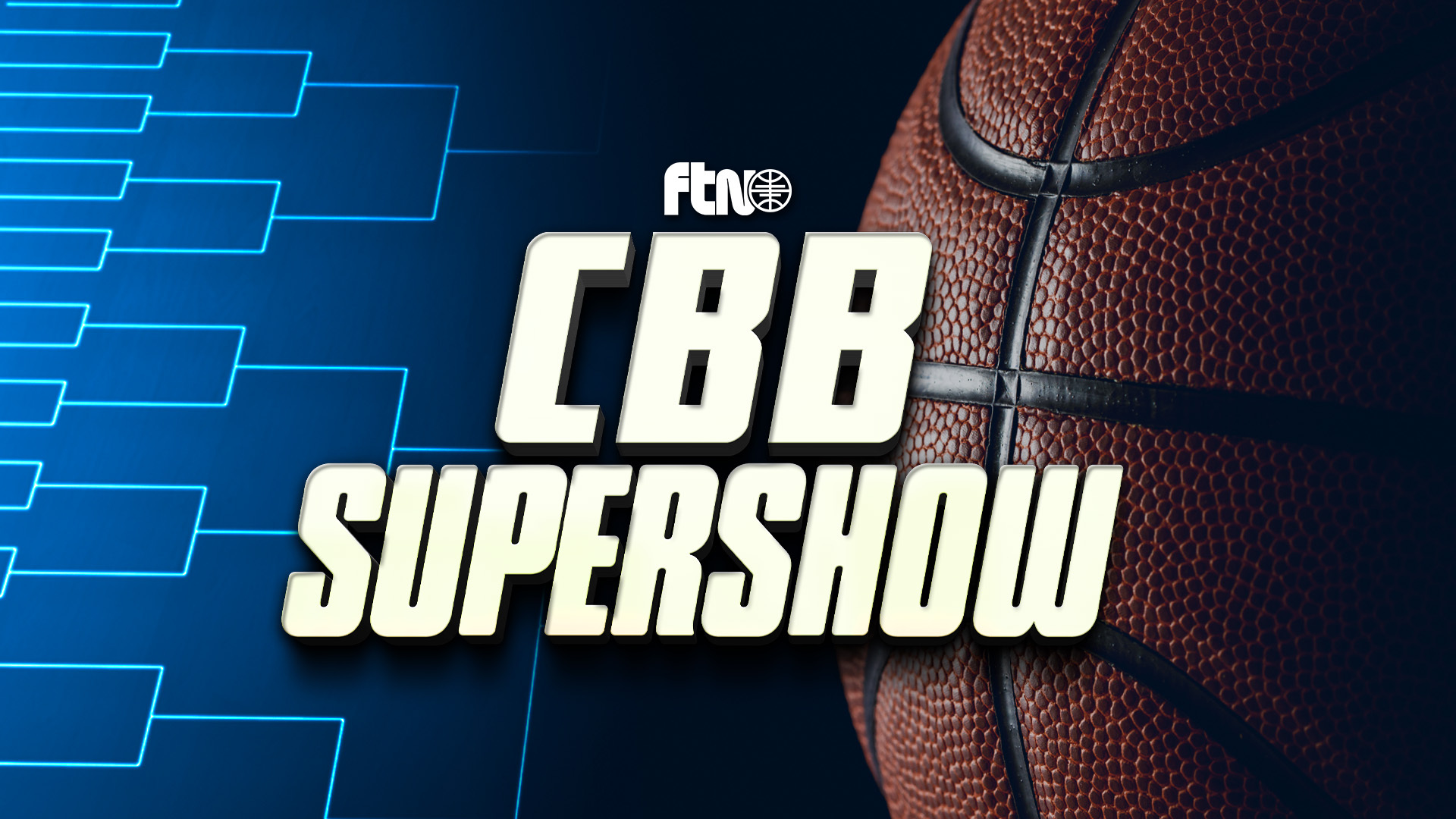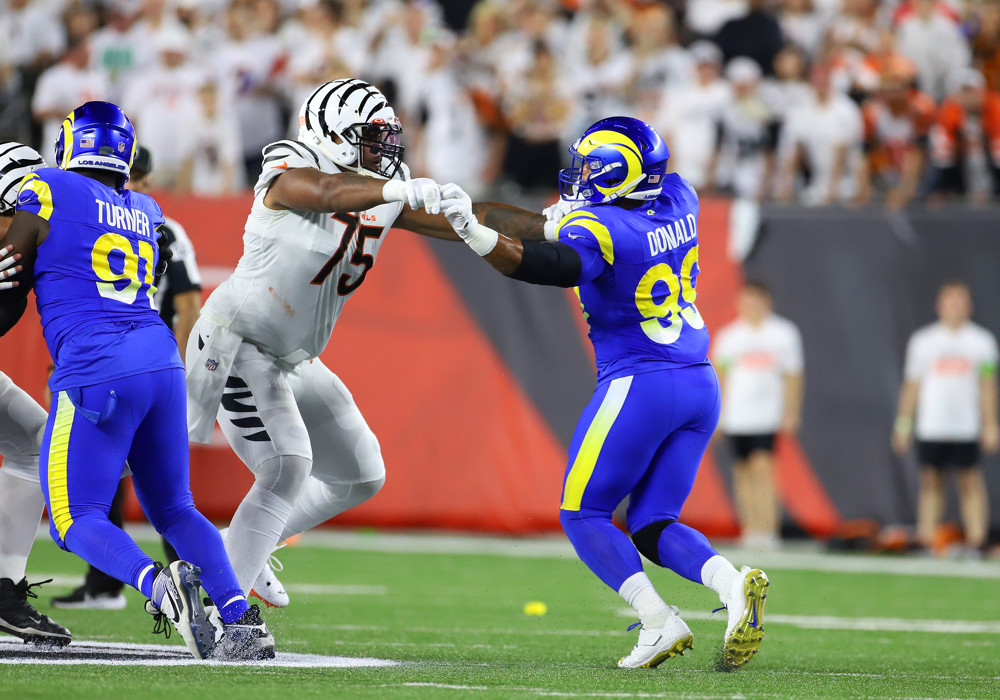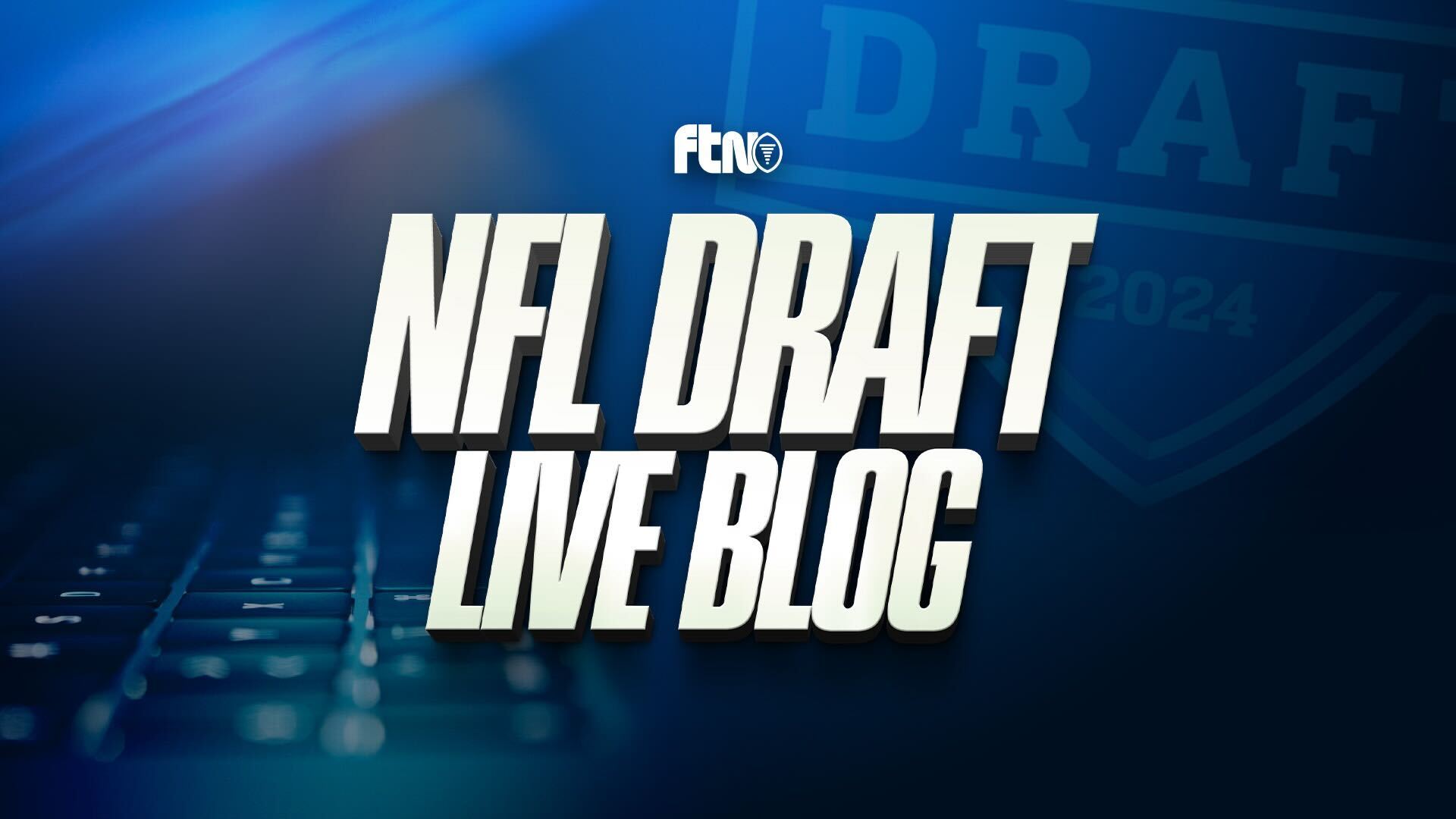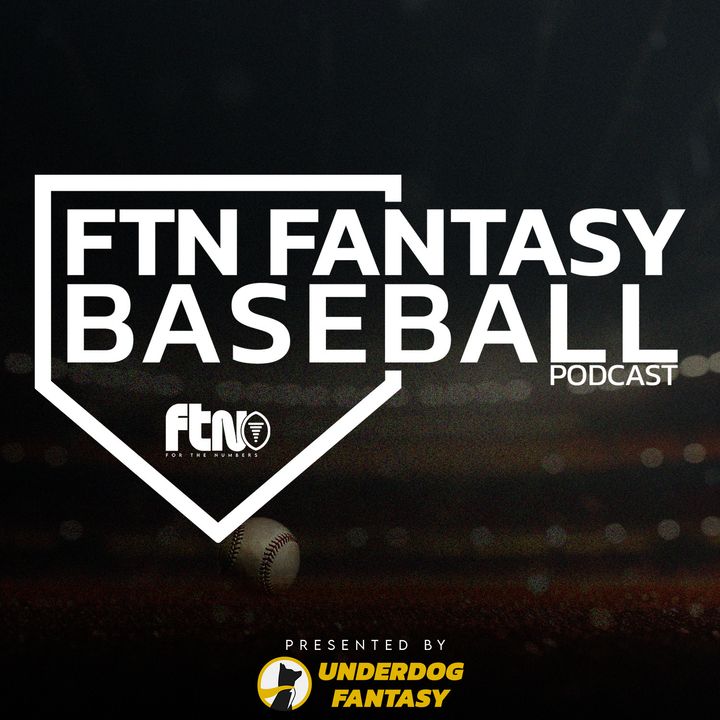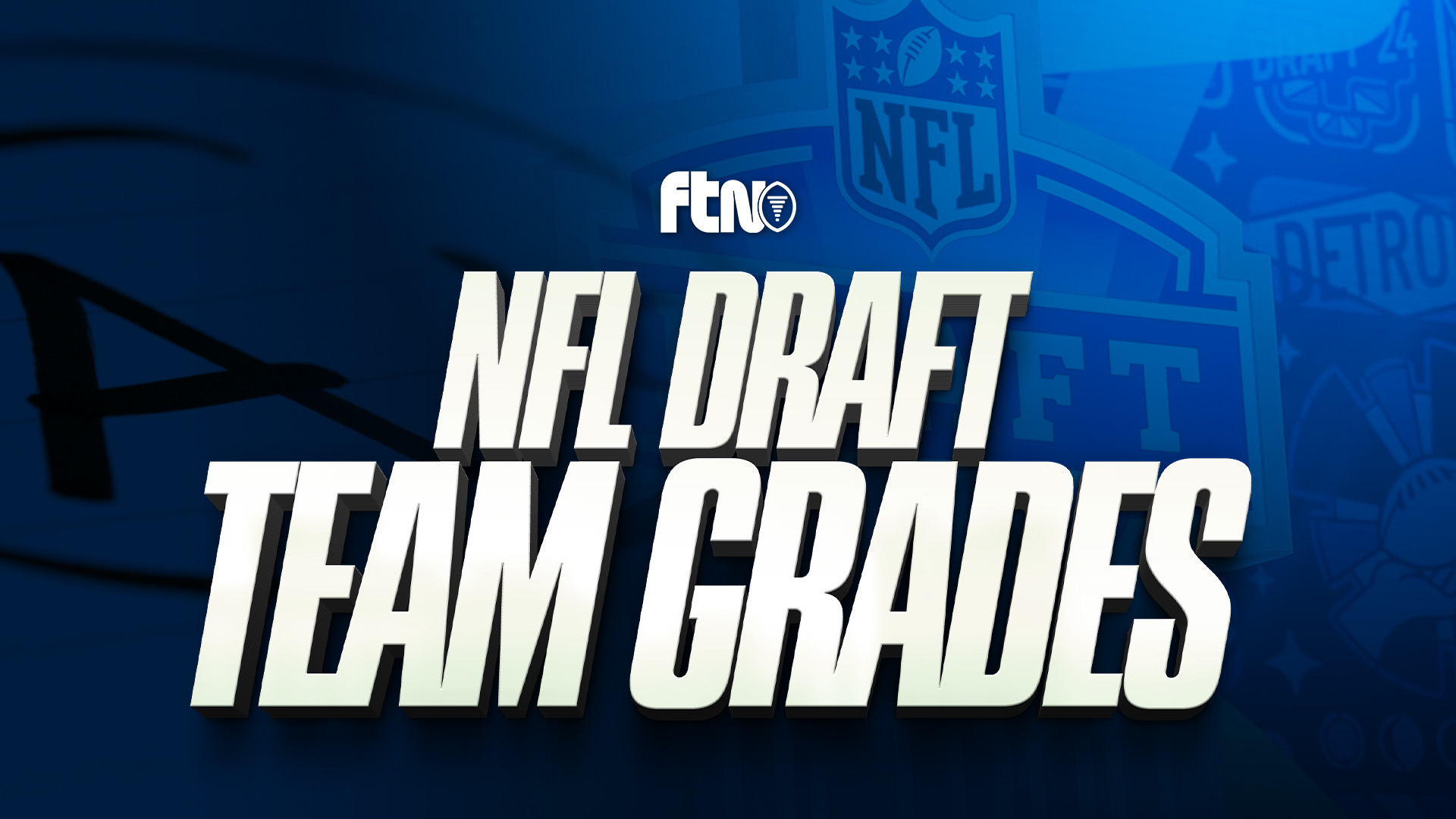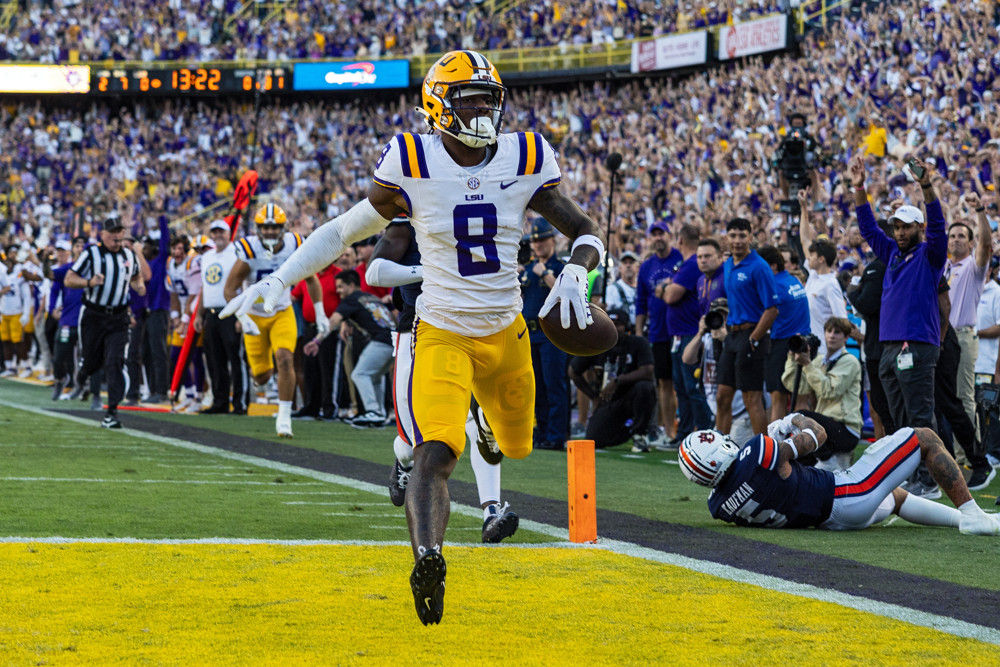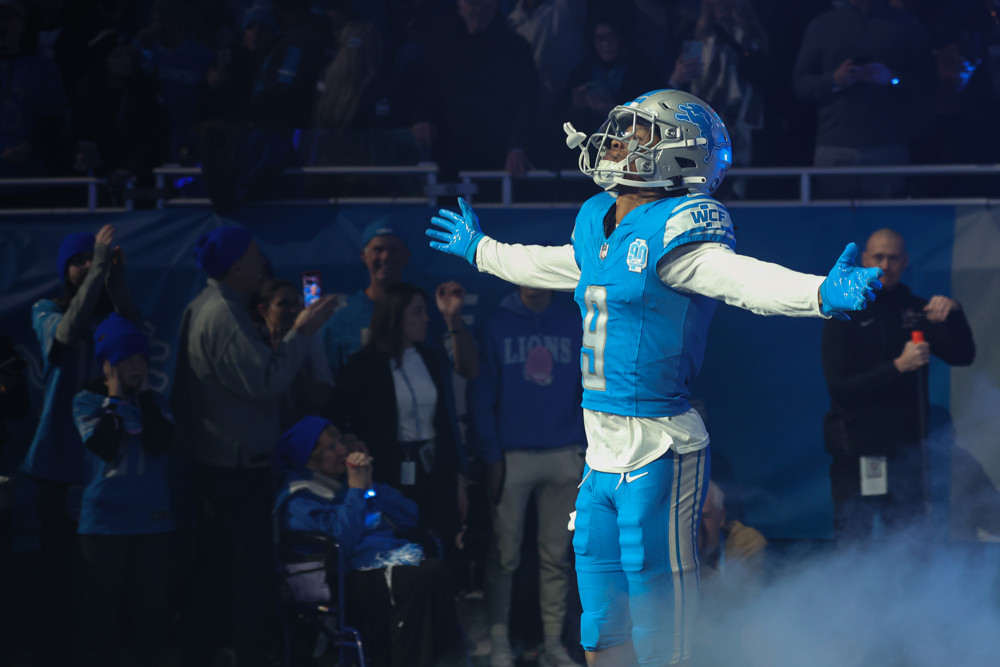
(Knowing the right question to ask is as important as knowing the answer. In 100 Questions, FTN’s Daniel Kelley identifies the key fantasy football questions to ask heading into the 2021 NFL season.)
There is essentially an infinite number of questions that can be asked each fantasy football. From big trend-based questions to micro, player-specific ones, everything you do in fantasy is about answering one question or another. And many of them are specific to your roster, your build, your choices.
But some of the questions are more universal and matter to everyone. Over the next couple of weeks, I’m identifying the 100 biggest fantasy football questions around the NFL heading into the 2021 season and taking my best shot at answering them. That’s three questions per team, and then four key questions about where the league and the fantasy game find themselves for the 2021 season.
Follow along with the whole series here, and below you can find the first four questions, investigating where the fantasy game is on the whole right now.
100 questions in fantasy football
The key fantasy football around the league, asked and answered:
Week 1 (July 22-25): AFC
- East (Bills, Dolphins, Patriots, Jets) – July 22
- North (Ravens, Bengals, Browns, Steelers) – July 23
- South (Texans, Colts, Jaguars, Titans) – July 24
- West (Broncos, Chiefs, Raiders, Chargers) – July 25
Week 2 July 28-31): NFC
- East (Cowboys, Giants, Eagles, Football Team) – July 28
- North (Bears, Lions, Packers, Vikings) – July 29
- South (Falcons, Panthers, Saints, Buccaneers) – July 30
- West (Cardinals, Rams, 49ers, Seahawks) – July 31

1. When will we see the rookie quarterbacks?
The first three picks in this year’s NFL Draft were all quarterbacks, and five were off the board in the first 15 picks. Barring a preseason injury, Trevor Lawrence and Zach Wilson will be starting for the Jaguars and Jets, respectively, in Week 1, but that leaves us with questions in San Francisco (Trey Lance or Jimmy Garoppolo?), Chicago (Andy Dalton or Justin Fields?) and New England (Cam Newton or Mac Jones?) that could matter in a big way for fantasy. Can you draft a veteran who might lose his job quickly? Can you draft a rookie who might not start for a while? And what does it mean for the teams’ weapons?
Best answer: For starters, I’ll defer to ESPN’s Mike Clay, who looked into when first-round quarterbacks over the last decade made their first start back on draft day. The answer? Pretty soon. Of 34 first-round QBs since 2010, only Jordan Love didn’t play at all as a rookie, and only seven hadn’t gotten their first extended action by Week 8. There were 24 first-round quarterbacks who — whether planned or because of starter injury/ineffectiveness — had made their significant playing-time debut within the first quarter of the season. In other words, teams rarely draft first-round QBs with designs on waiting. So sure, maybe one of the veterans gets extended run this year. But if you’re betting on the incumbents lasting a long time over the rookies, you’re making a bad bet.
Per the FTN Fantasy ADP tool, Fields and Lance are both going ahead of their veteran counterparts, while Jones is going a few rounds behind Newton and on the FTN Fantasy rankings, our rankers feel basically the same. It seems very unlikely that these teams split the starting duties to the extent that these ADPs and rankings are correct (especially in New England). So for fantasy, it’s worth taking a stand on the rookies — especially on the guys with rushing ability, like Fields and Lance — and taking a shot earlier than ADP would suggest. There’s huge reward potential there.
2. How early should the first non-RB go off the board in drafts?
This question is specific to 12-team, PPR, one-QB leagues because other wrinkles will change the answers pretty dramatically. By current ADP, running backs make up the first six picks, with Travis Kelce at seventh. Our rankers go one step further, with an all-RB first seven picks and then Tyreek Hill eighth. Obviously, draft strategy is a fluid thing, but nailing your first-round pick is crucial.
Best answer: Conveniently, per ADP, exactly half of the players going off the board in the first two rounds in 12-team leagues are running backs and half aren’t. Obviously, there are RB/RB starts and tight ends and quarterbacks to consider, but at the base level, we can look at RB/WR vs. WR/RB. This is why mocks are important. If you open with, say, Jonathan Taylor, you can get a receiver like Calvin Ridley on the comeback. Conversely, if you go Kelce/Hill first, you’re probably getting a Joe Mixon on the return. Two picks later? Nick Chubb and DeAndre Hopkins, or Stefon Diggs and Aaron Jones.

Your mileage may vary, but I think the RB-first builds are superior in both examples there, though the Chubb/Hopkins build is not far ahead of Diggs/Jones. In other words, I’m taking a running back comfortably for the first seven picks, and only then at that point am I considering Kelce or a wide receiver over Chubb, Cam Akers or Austin Ekeler. And unless you commit to a zero-RB sort of build, I think you’d be well within the bounds of logic to keep dragging RBs out deeper than that. Running back is shallow. Wide receiver is the Marianas Trench.
3. What’s the ideal tight end strategy this year?
There are roughly three tiers at the tight end position this year (if you want to argue Kelce is his own tier, I won’t argue, but it doesn’t materially change the point):
- Tier 1: Travis Kelce, Darren Waller, George Kittle in some order
- Tier 2: T.J. Hockenson, Kyle Pitts, Mark Andrews in some order
- Tier 3: Everybody else
Maybe you want to put Dallas Goedert in Tier 2. But that’s about it. Either you’re taking a tight end in Rounds 1-3, you’re taking one in Round 4-6, or you’re just ignoring the position until you notice some forgotten guy falling to you late. There are pros and cons to each of these choices, of course.
Best answer: I am fine with grabbing Kelce, Waller or Kittle at the right price early in the draft. Each offers WR-level upside and can more or less win you the position the majority of weeks, and that has huge value. I am fine with waiting on tight end and scooping up guys like Irv Smith, Tyler Higbee or very-late Adam Trautman/Gerald Everett types because that means you’ve built up your other positions and can pivot from one tight end to the other if something fails.
But Tier 2 scares me. Each guy there has warts — Hockenson is on what could be a miserable team, Andrews is on a run-heavy team and has a bunch more pass-catchers to content with, Pitts is a rookie — and will take a draft pick of actual value to acquire. Would you rather have Hockenson/Andrews or D.J. Moore/Tyler Lockett going just after? Would you rather Pitts or a Diontae Johnson/Kareem Hunt? There are too many cons on the Tier 2 guys for me. It’s like a cliche, but it’s true: Either get one of the first tight ends this year, or one of the last.

4. What could change between now and the season that might matter the most for fantasy?
As I write this, it’s mid-July. Absent injury, it’s rare for anything dramatic to happen this late in the offseason, but (a) “absent injury” is an almost-comical phrase in football, and (b) “rare” doesn’t mean “impossible.”
Best answer: Oh, several things:
- It’s not the most fun topic, but COVID-19 continues to hang around, and as long as cases are at a relatively high level and vaccine acceptance is at a frustratingly low one, we’re going to have to consider it. Last year, Ryquell Armstead went from favorite to be the Jags’ RB1 to spending the season on the Reserve/COVID-19 list and being hospitalized at least twice. Obviously, the hope is we get a full season without COVID-19 interruptions, and obviously, there’s a very real chance we don’t.
- After the draft, I covered the remaining free agents who could still find a home and offer fantasy value. Of seven players listed in the piece, only one — Nick Mullens, the least fantasy-relevant name — has found work. If a Todd Gurley or a Golden Tate or a Trey Burton lands somewhere with a shallow depth chart? It could be interesting.
- Injuries are, of course, the biggest issue. A Teddy Bridgewater injury in 2016 led to the Vikings trading for Sam Bradford, the Eagles starting Carson Wentz, and enough subsequent dominoes to fill a Christopher Nolan movie. A 2015 Jordy Nelson injury opened the door for Davante Adams to become a starter, and while he was no great shakes that year, only DeAndre Hopkins has scored more PPR points among receivers since. We just saw the Cam Akers injury announcement Tuesday shake up drafts, and it will almost certainly (and unfortunately) happen again during draft season.
- As the weeks have passed, this has looked increasingly unlikely, but there is still at least a chance that we have a seismic, league-changing Aaron Rodgers trade, with the Broncos the non-Packers favorite to have him if he changes teams, +400 on DraftKings Sportsbook. Most player moves only matter so much, but Rodgers changing teams would alter the outlook for every Packer, every player on his new team, and frankly several players on other teams around the league. The likelihood keeps dropping, but until Rodgers trots out there for Week 1, you never know.


